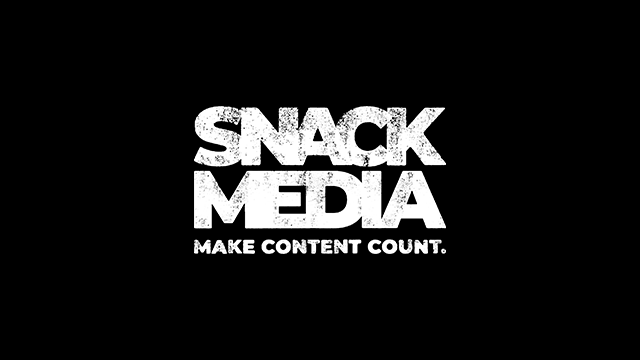 What do the years 2012, 2013 and 2014 have in common? They have all been dubbed as the year of the mobile and don’t expect 2015 to be any different. So will mobile advertising finally take off next year as it has threatened to do previously?
What do the years 2012, 2013 and 2014 have in common? They have all been dubbed as the year of the mobile and don’t expect 2015 to be any different. So will mobile advertising finally take off next year as it has threatened to do previously?
To hypothesise on the future of mobile advertising it is worth looking at the history of the industry on desktop. Long gone are the days of the standard 468×60 banner; even the traditional leaderboards, MPUs and skyscrapers are in danger of becoming obsolete. Now branding advertisers are getting their teeth stuck into the high exposure rising star formats such as the billboard, double MPU and high impact full screen page takeovers, with publishers appreciating the higher CPMs that these bring if a little reticent of giving so much space on their site to advertising. All indications point to mobile advertising going exactly the same way.
The standard 320×50 mobile banner is not the advertiser’s friend. The small size of the unit doesn’t allow advertisers to get a sufficient amount of branding for their product, while the small screen, big thumbs problem leads to accidental clicks rather than actual brand engagement. Publishers are frustrated by the lack of revenue and due to supply far outweighing demand, the price of the units has been pushed right down. This has become such an issue for some that the mobile optimised site has been ditched in favour of the good old desktop site and an industry that has progressed so much in recent years is taking an unnecessary step backwards.
So what’s the answer? If recent developments are anything to go by then mobile will mirror desktop and go the way of rising stars. The adhesion banner has already become commonplace and new, innovative formats are following in its place. Budgets are being put into expandable videos on mobile, while specialist mobile sales houses have set about creating visually engaging full screen formats that are highly interactive. While the user experience is at risk of being adversely affected, this currently seems to be the only way for advertisers to get the level of branding they desire.
But what the agency budgets that are still lagging behind? Well, large double digit and often triple digital percentage growths in this area have been seen in recent quarters and that looks set to continue. Spend is going on creative solutions that work across devices, with Undertone and their ScreenShift product leading the way in this field, and the major agencies are starting to set aside budgets purely for mobile. With the programmatic space fully ingrained on desktop, mobile has a long way to catch up but expect 2015 to see a growth in mobile specific private marketplace deals and agreements.
With the creative solutions in place, the one issue that continues to be front of mind for advertisers is data. The inability to adequately cookie a user on mobile outside of apps is a problem that needs to be overcome but that doesn’t stop branding campaigns from becoming more widespread, even if performance activity remains limited to some extent. Steps are being made in this area as well, with mobile tech players ‘crumbling the cookie’ and implementing unique identifiers as an alternative, which can trace users across all their devices.
Will 2015 be the year of the mobile within the digital advertising industry then? In terms of monetisation of their properties, publishers will certainly hope so, and with the consumer adoption of smartphones now ubiquitous and website traffic rapidly migrating towards handheld devices, mobile can only be front of mind for advertisers going forward.
Written by: Tom Jones (Digital Advertising and Marketing Manager)





